The Nvidia GeForce RTX 5090: A Next-Gen Leap Fueled by AI
Nvidia's RTX 5090 is the latest high-end graphics card, promising a new generation of PC gaming. However, its performance gains aren't uniformly impressive. While raw performance surpasses the RTX 4090, the real revolution lies in DLSS 4's Multi-Frame Generation.
The upgrade's value depends heavily on your gaming setup and tolerance for AI-generated frames. For those with sub-4K, 240Hz displays, the upgrade is unlikely to justify the cost. But for high-end users, the AI-generated frames offer a glimpse into the future of gaming.
Nvidia GeForce RTX 5090 – Image Gallery

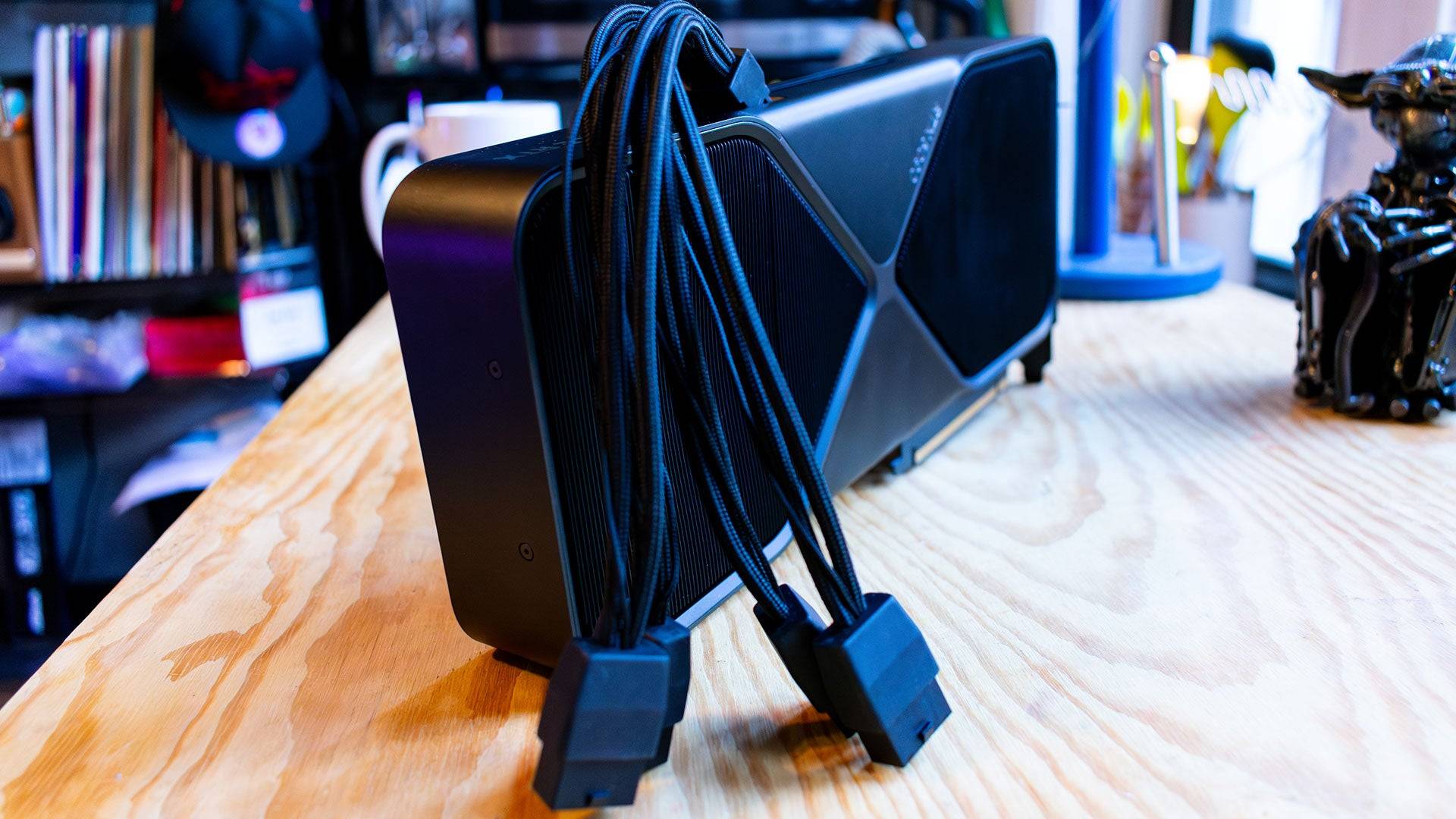 5 Images
5 Images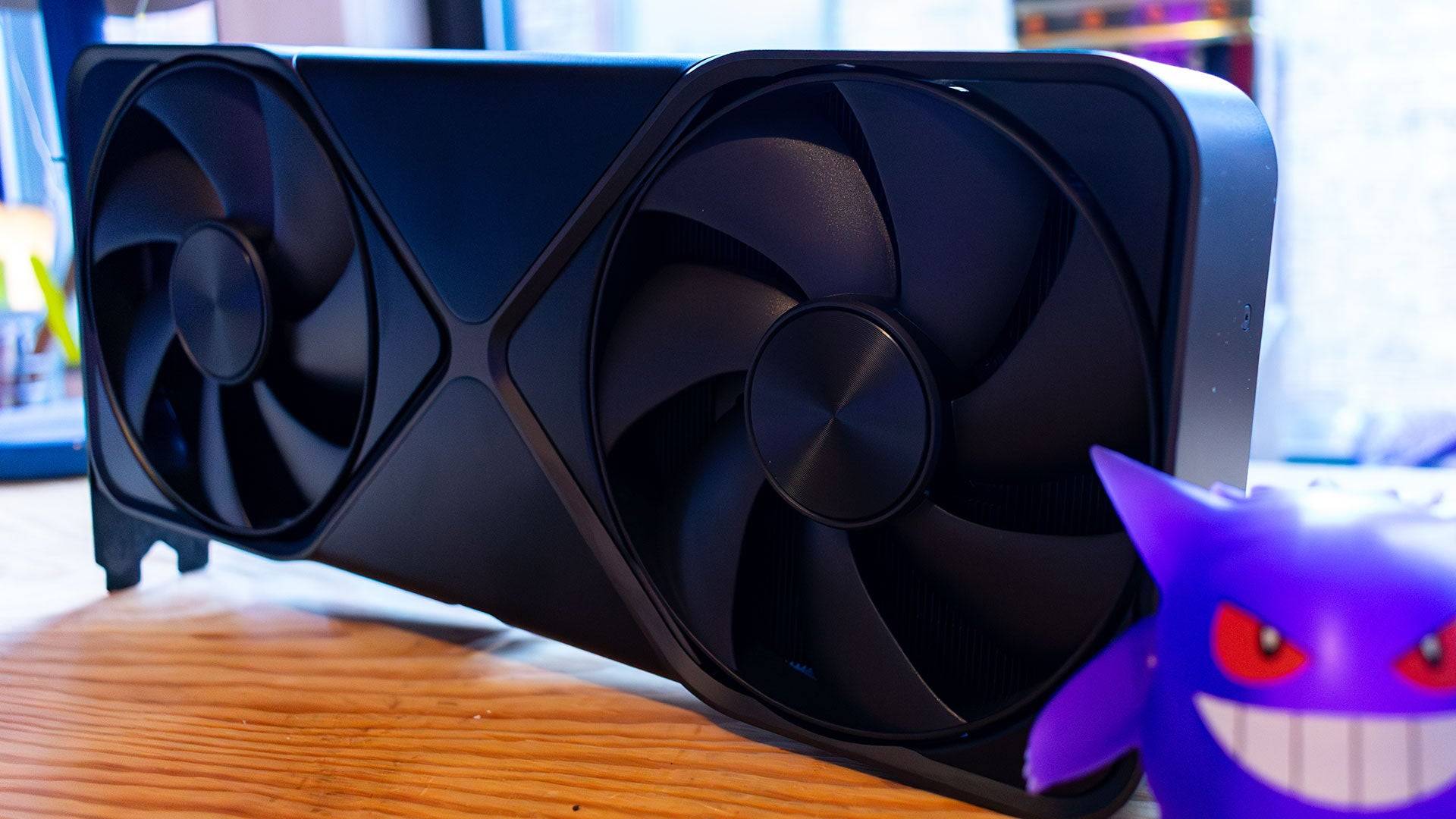
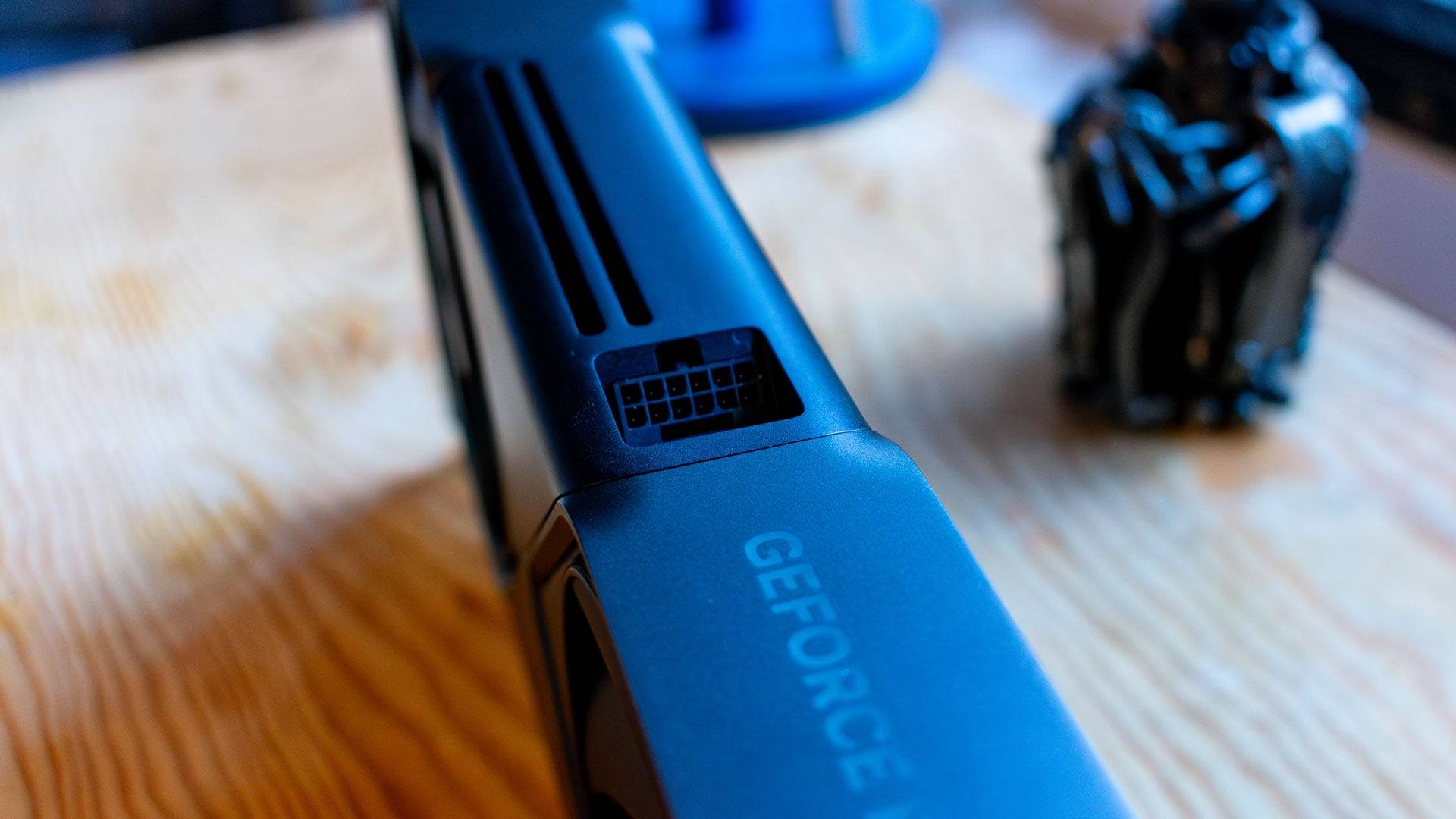
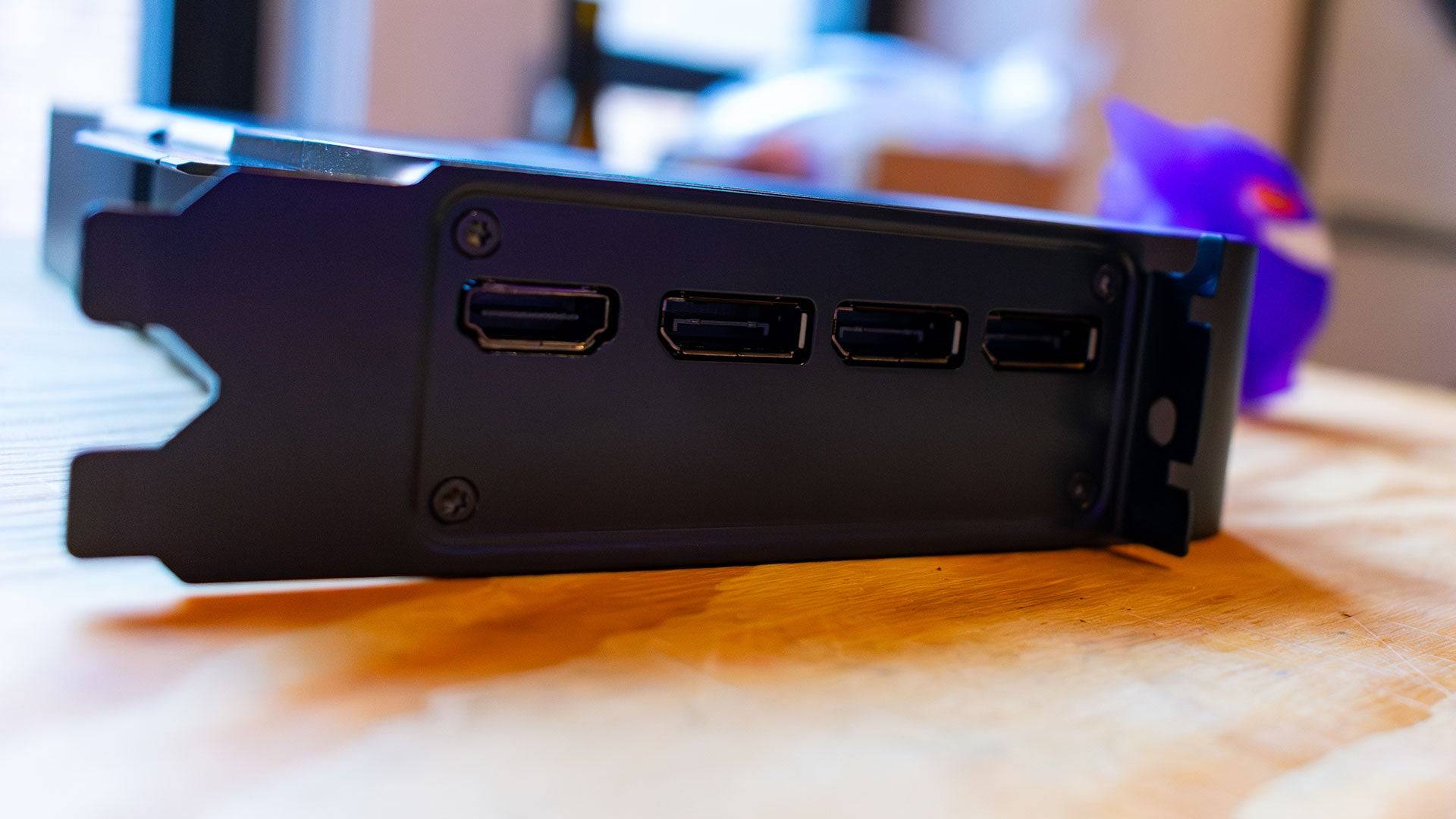
RTX 5090 – Specifications and Features
Built on Blackwell architecture, already powering AI models, the RTX 5090 excels in AI-related tasks. However, its non-AI capabilities are also significantly enhanced.
The 5090 boasts 21,760 CUDA cores (a 32% increase over the RTX 4090), contributing to raw gaming performance improvements. Each SM includes four Tensor Cores and one RT Core, resulting in 680 Tensor Cores and 170 RT cores, respectively. The 5th-generation Tensor Cores support FP4 operations, reducing VRAM dependency for AI workloads.
The card features 32GB of GDDR7 VRAM, offering speed and efficiency improvements over GDDR6X. Despite this, power consumption is a significant 575W.
DLSS 4 utilizes a Transformer Neural Network (TNN), enhancing image quality and reducing artifacts compared to the previous CNN-based approach. Multi-Frame Generation, an evolution of Frame Gen, efficiently generates multiple frames from a single rendered image, significantly boosting frame rates. However, like its predecessor, it's most effective with already decent frame rates.
Purchasing Guide
The RTX 5090 launched January 30th, starting at $1,999 (Founders Edition). Third-party cards will likely command higher prices.
The Founders Edition
The 575W power requirement generates substantial heat. Surprisingly, Nvidia managed a dual-slot design with dual fans, keeping temperatures below throttling levels (around 86°C at peak 578W consumption). This is achieved through a redesigned PCB placement and a heatsink that channels airflow directly through the card.
The design aesthetics are similar to previous generations, featuring a silver 'X' design and a white LED 'GeForce RTX' logo. A new, angled 12V-2x6 power connector (with included 4x 8-pin adapter) improves cable management and security. This smaller form factor allows compatibility with more compact PC cases.
DLSS 4: Beyond "Fake Frames"
Nvidia claims up to 8x performance boosts, though reality is more nuanced. While raw rasterization performance improves, the true next-gen advantage is DLSS 4's Multi-Frame Generation. A new AI Management Processor (AMP) core efficiently assigns tasks within the GPU, improving frame generation speed and reducing memory usage by 40% and 30%, respectively. A Flip Metering algorithm minimizes latency.
DLSS 4, at launch, supports a wide array of games with DLSS 3 Frame Generation. Testing in Cyberpunk 2077 and Star Wars Outlaws (beta builds) showed impressive results, with frame rates exceeding 280 fps at 4K with high settings. While some minor artifacts were observed, the overall experience was remarkably smooth. The caveat remains: good baseline performance is crucial for optimal results.
RTX 5090 – Performance Benchmarks
Testing revealed a generational leap in 3DMark, with up to a 42% improvement over the RTX 4090. However, real-world gaming showed significant CPU bottlenecks, even at 4K with a Ryzen 7 9800X3D CPU. In many games, the performance uplift over the RTX 4090 was modest (around 10%), though improvements over the RTX 3090 were substantial. Exceptions include Metro Exodus: Enhanced Edition and Total War: Warhammer 3, where the RTX 5090 demonstrated more significant gains. An issue with Assassin's Creed Mirage resulted in unexpectedly low frame rates, likely a driver-related problem.
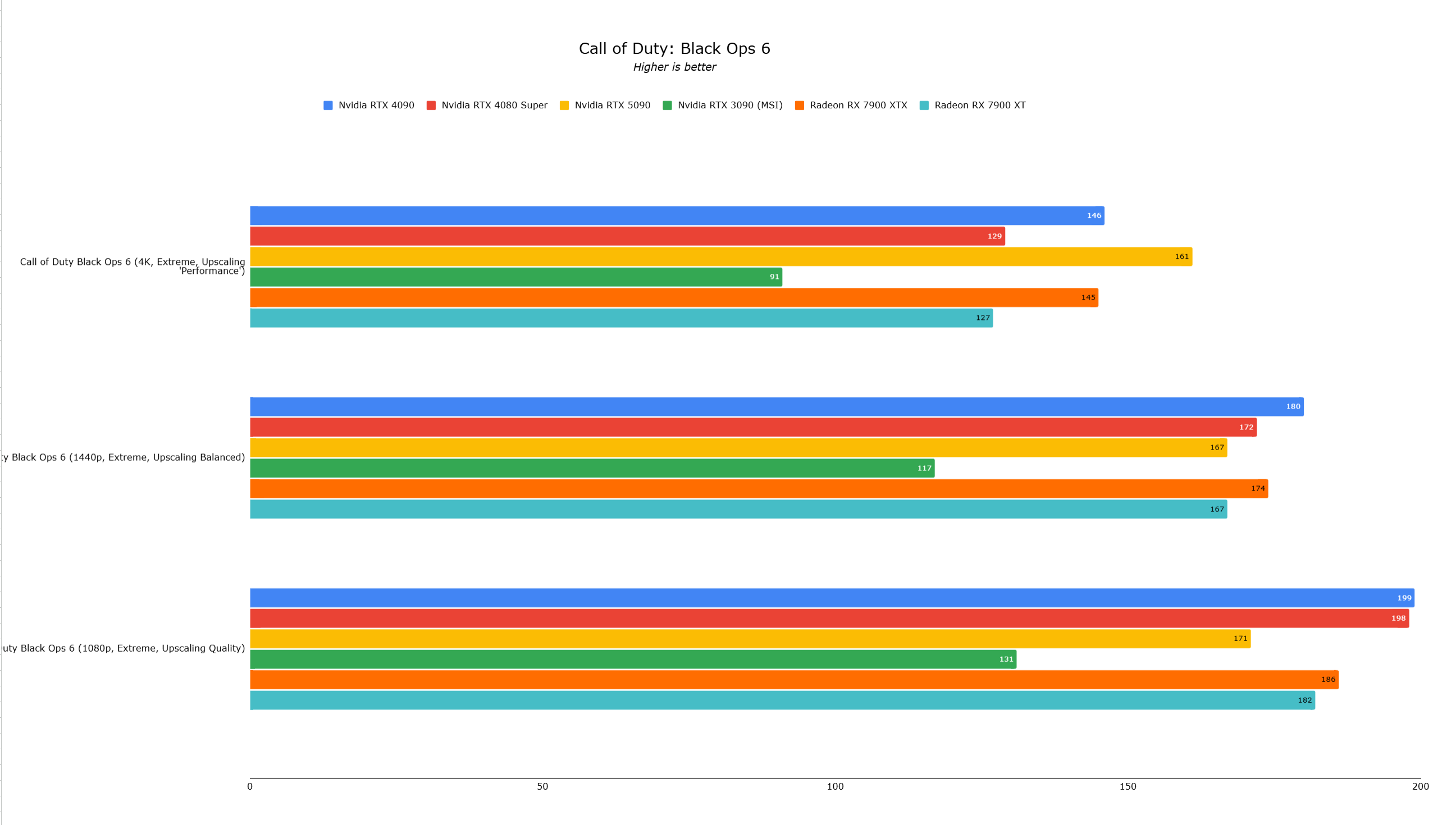
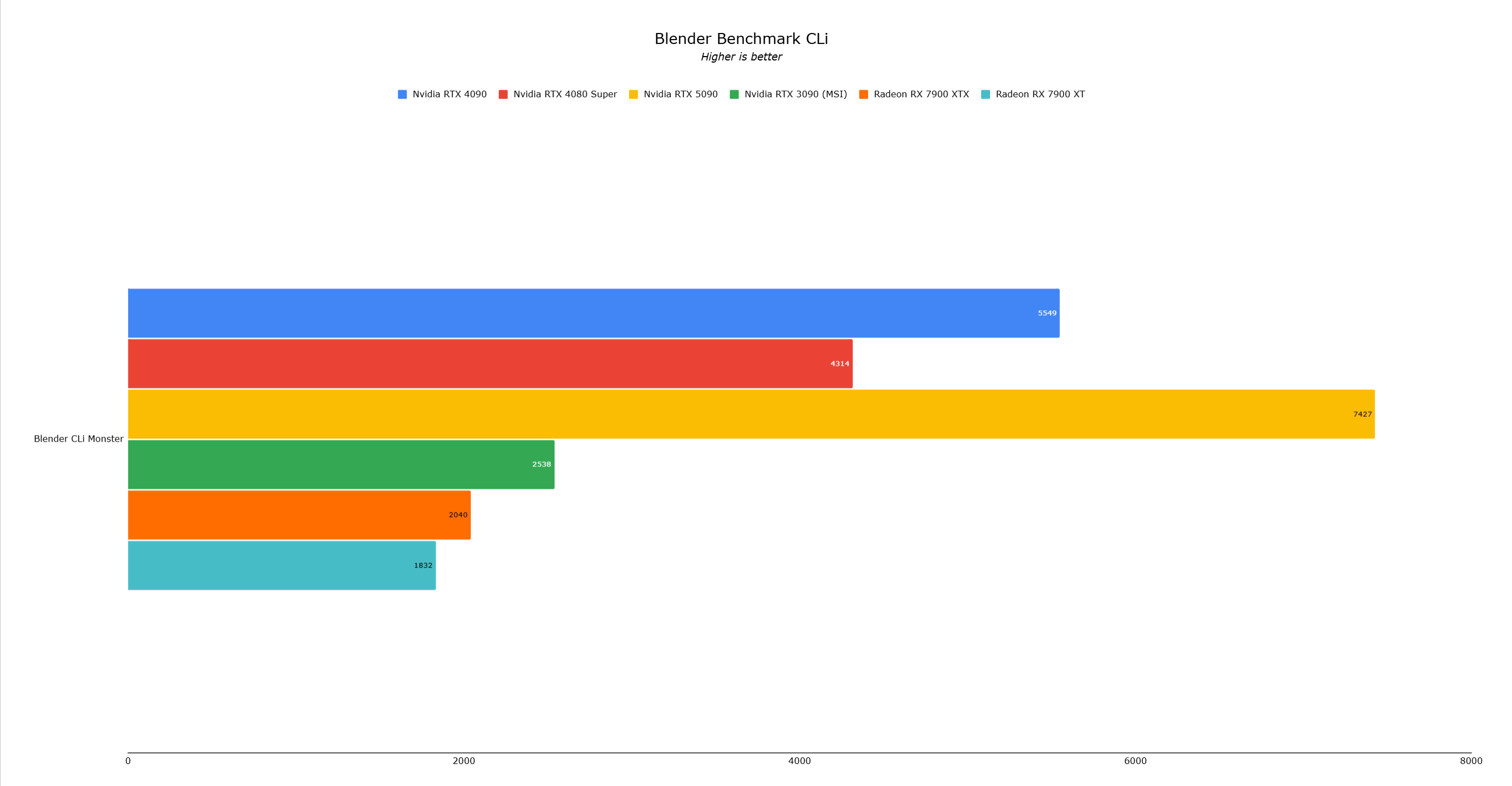 14 Images
14 Images

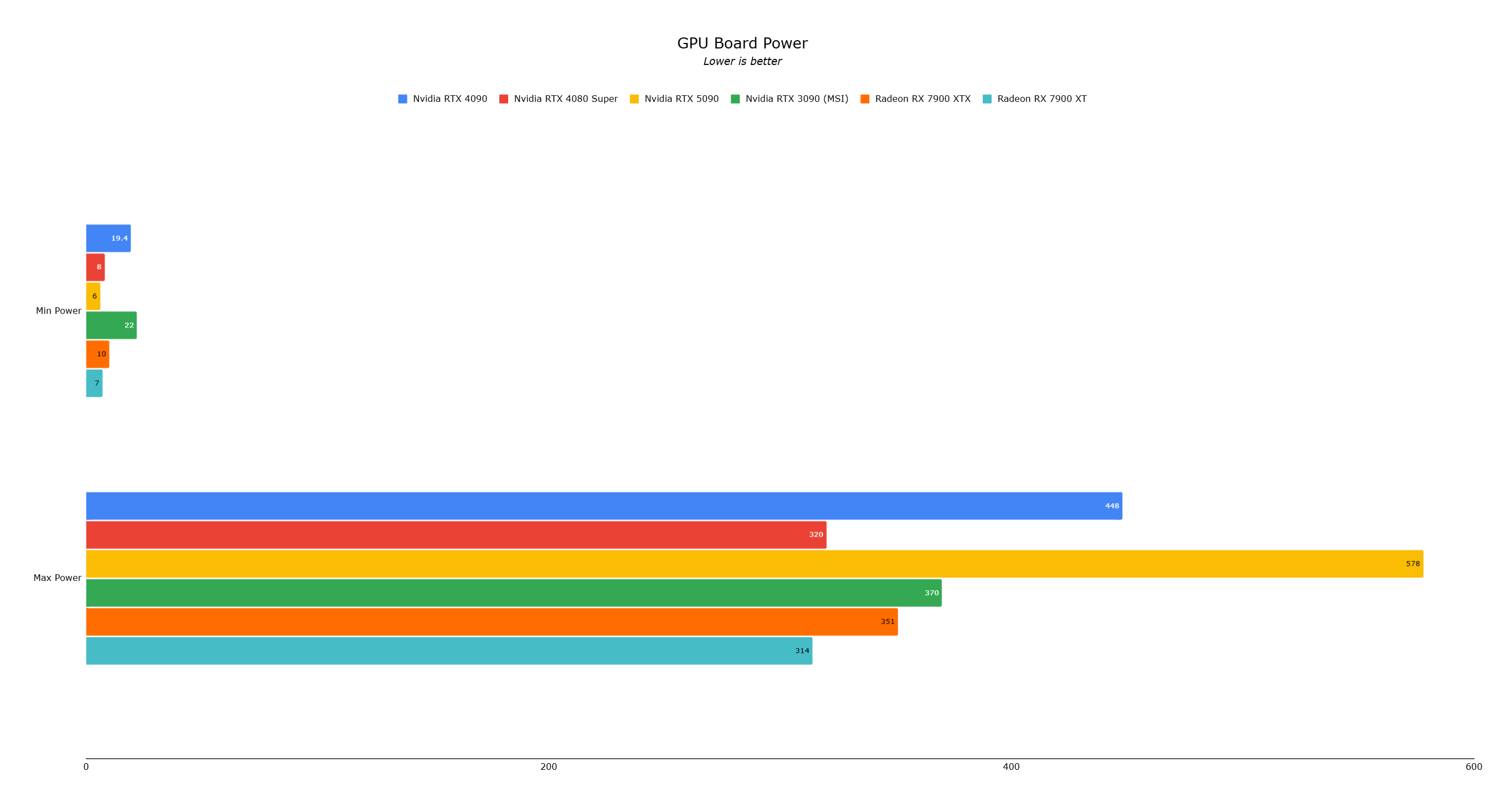

Upgrade Considerations
While the RTX 5090 is undeniably powerful, its performance gains over the RTX 4090 are often limited by current game engine capabilities and CPU bottlenecks. The true value proposition lies in its DLSS 4 technology and its potential for future games. For most users, the RTX 4090 remains a powerful option. The RTX 5090 is a future-proof investment for those prioritizing cutting-edge AI-enhanced gaming experiences.















